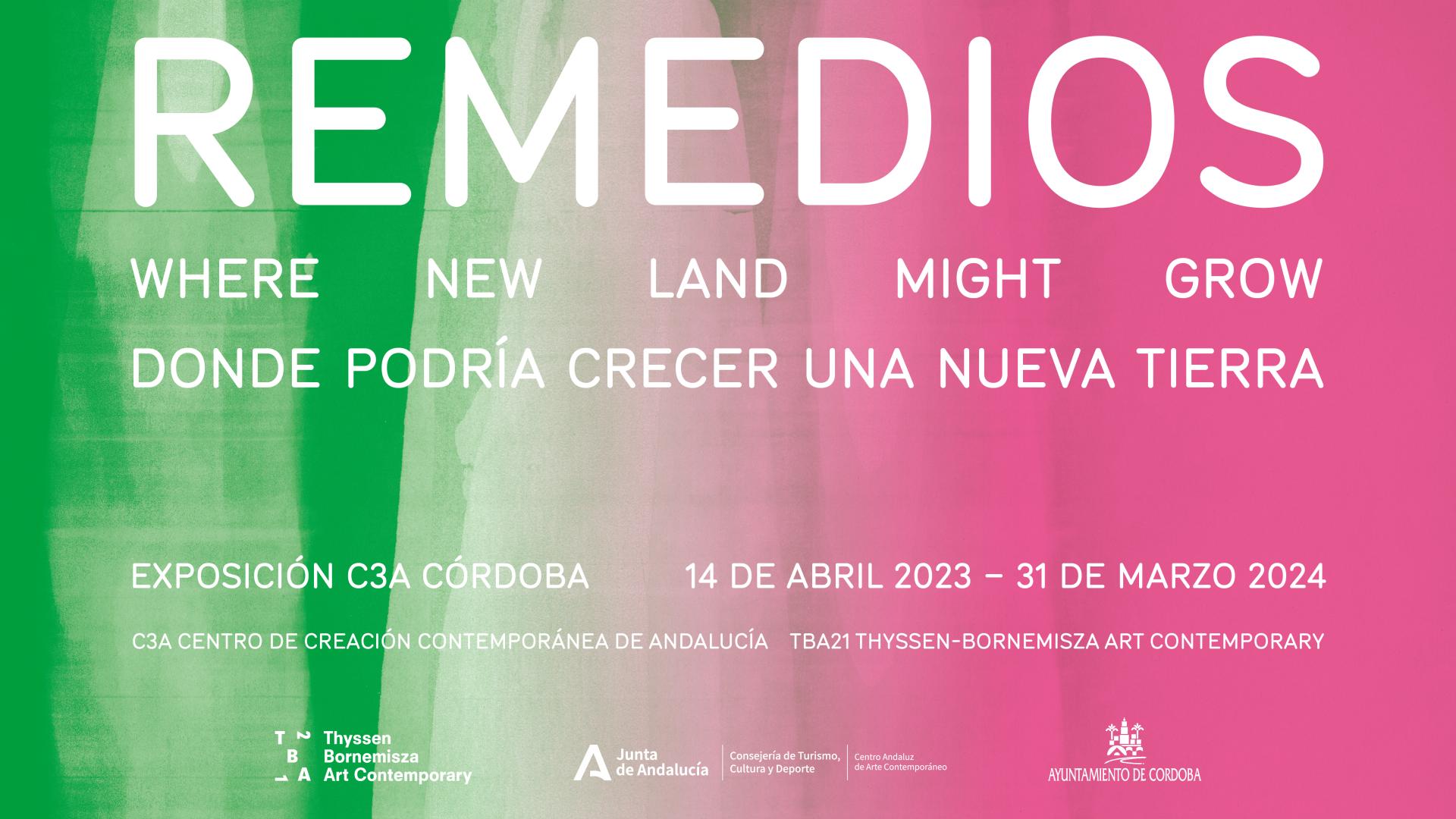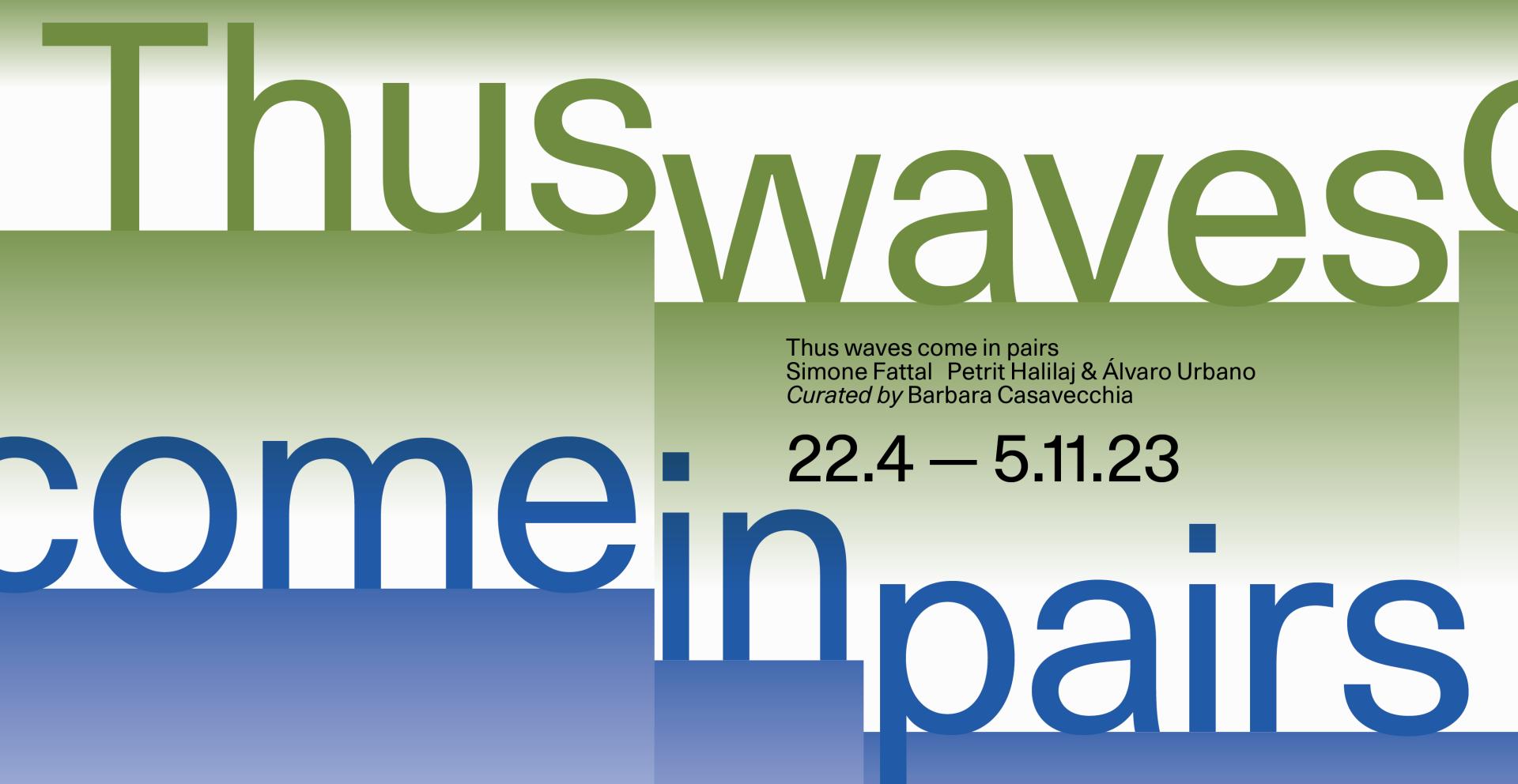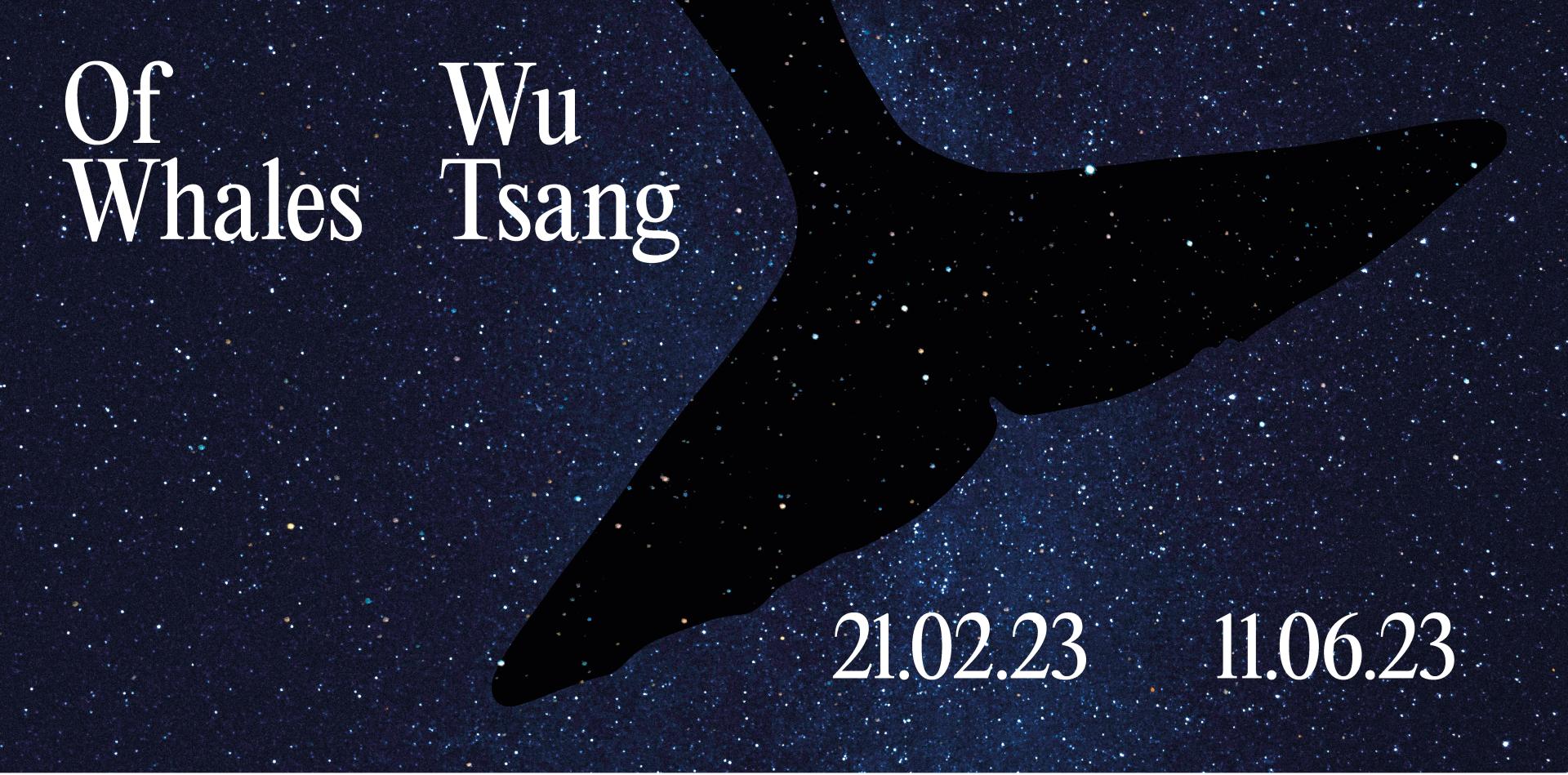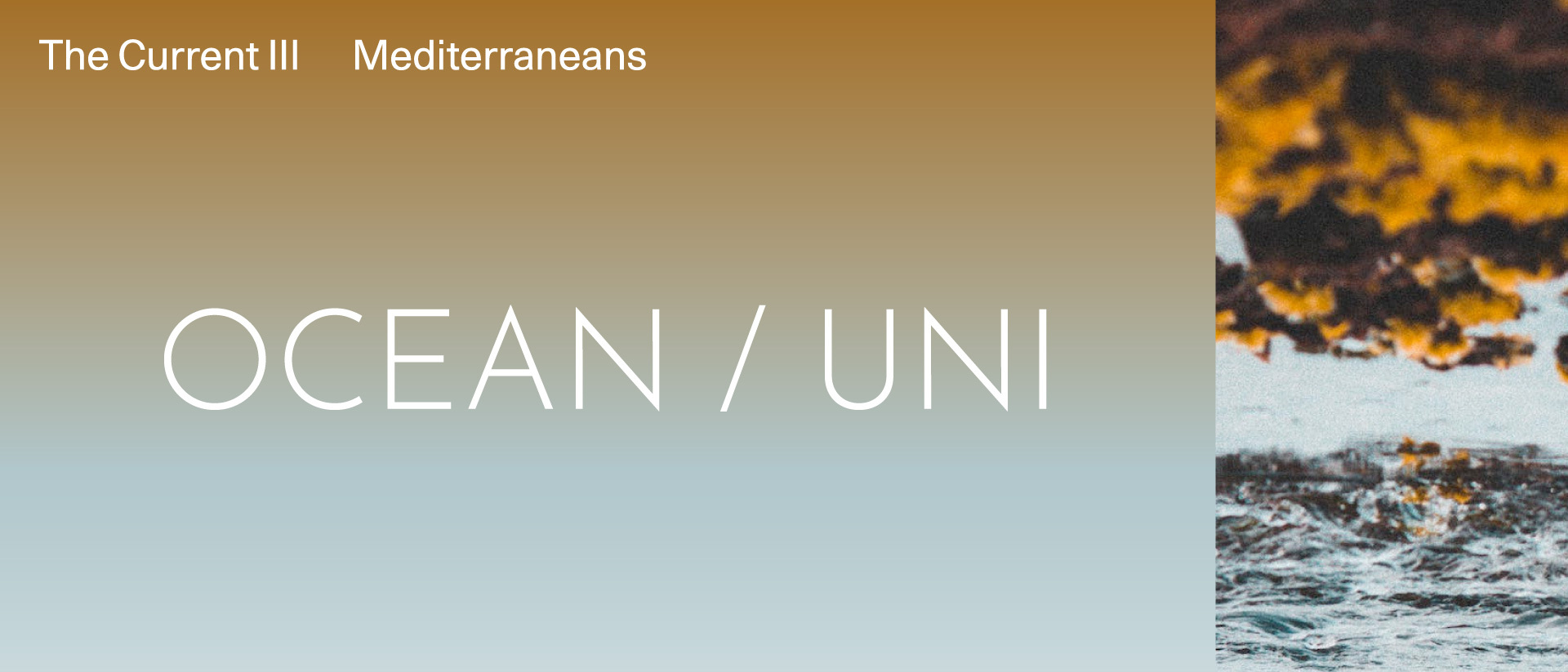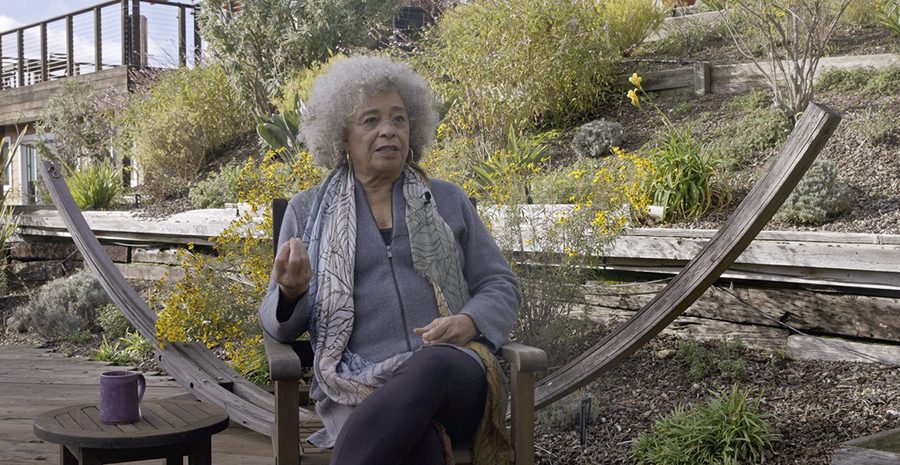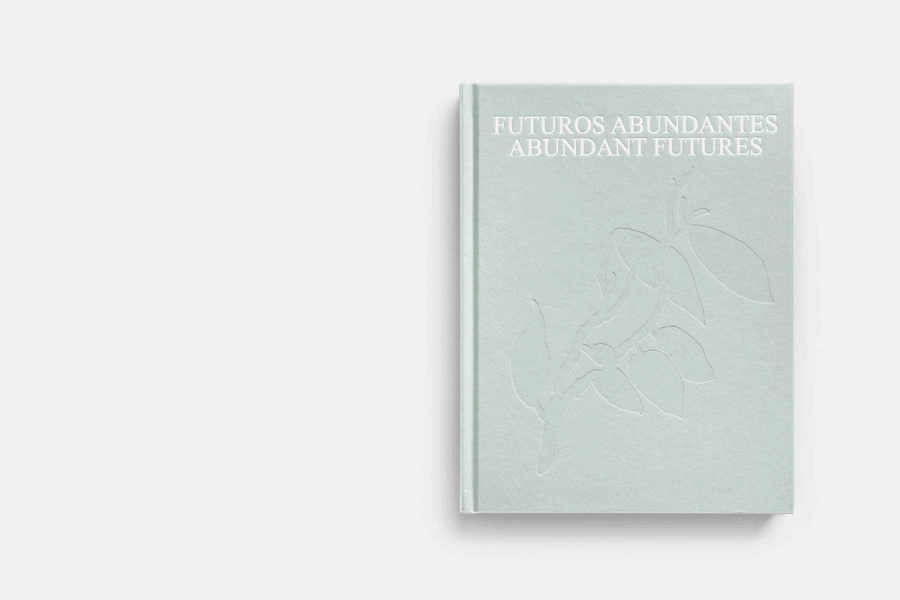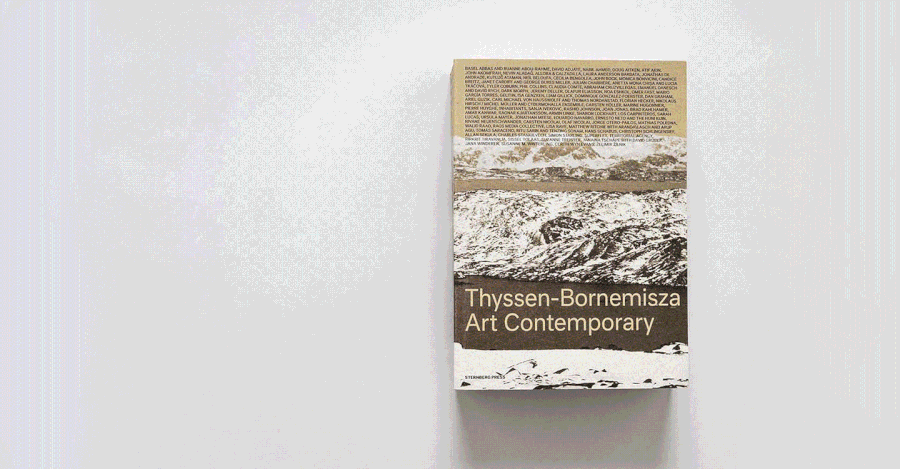Samani. Some Proposals to Answer Important Questions, 2008
Olaf Nicolai

Installation view: Biennale Cuvée, OK Center for Contemporary Art, Linz, Austria, 2013
© Bildrecht, Vienna 2019 | Photo: Otto Saxinger, 2013
© Bildrecht, Vienna 2019 | Photo: Otto Saxinger, 2013
Collection
Steel, stainless steel, LED spots, servo motor, servo amplifier, controller box, motion detector, computer program
400 x ø 98 cm
3 min 20 sec
Calling the choreographed movement of a pole dance into mind, a single spotlight travels robotlike along a metal pole, turning abruptly on its own axis. In the darkened room the light spot slides up and down, spins around, drifts, wiggles in smooth arabesque patterns, following elaborate applications of repeated and stochastic rhythms. The tempo is frequently altered between prestissimo and andante, with frequent breaks modulating the 5 minutes or so cycle. The rapid rotations of light produce a "spotting" of the space, a frenetic sense of being followed by a searchlight or surveillance camera. As an animated form, Samani seems to express a foreign intelligence, the schizoid split between the kinetic machine and human (gendered) subjectivity. As it solely performs its pre-programmed iridescent performativity, it defers the legitimating crisis of the agent to act in a world and thus to answer important questions.
*1962 in Halle, Germany | Living and working in Berlin, Germany
400 x ø 98 cm
3 min 20 sec
Calling the choreographed movement of a pole dance into mind, a single spotlight travels robotlike along a metal pole, turning abruptly on its own axis. In the darkened room the light spot slides up and down, spins around, drifts, wiggles in smooth arabesque patterns, following elaborate applications of repeated and stochastic rhythms. The tempo is frequently altered between prestissimo and andante, with frequent breaks modulating the 5 minutes or so cycle. The rapid rotations of light produce a "spotting" of the space, a frenetic sense of being followed by a searchlight or surveillance camera. As an animated form, Samani seems to express a foreign intelligence, the schizoid split between the kinetic machine and human (gendered) subjectivity. As it solely performs its pre-programmed iridescent performativity, it defers the legitimating crisis of the agent to act in a world and thus to answer important questions.
*1962 in Halle, Germany | Living and working in Berlin, Germany
Olaf Nicolai (*1962 in Halle, living and working in Berlin, Germany) is considered one of Germany’s leading artists, Olaf Nicolai takes on a range of conceptual themes, from political and cultural critiques to inquiries into human perception. A recurring subject is the aesthetic appropriation of nature by human culture and design, explored through mixed-media sculptures and images, as in his juxtaposition of plant forms with depictions of hand gestures in Italian Renaissance paintings. “Questions of form, moods, attitudes, and style are not just vain play with surfaces,” Nicolai has said. “They are questions of organizational forms of activities.”
This biography is from Wikipedia under an Attribution-ShareAlike Creative Commons License.
This biography is from Wikipedia under an Attribution-ShareAlike Creative Commons License.



